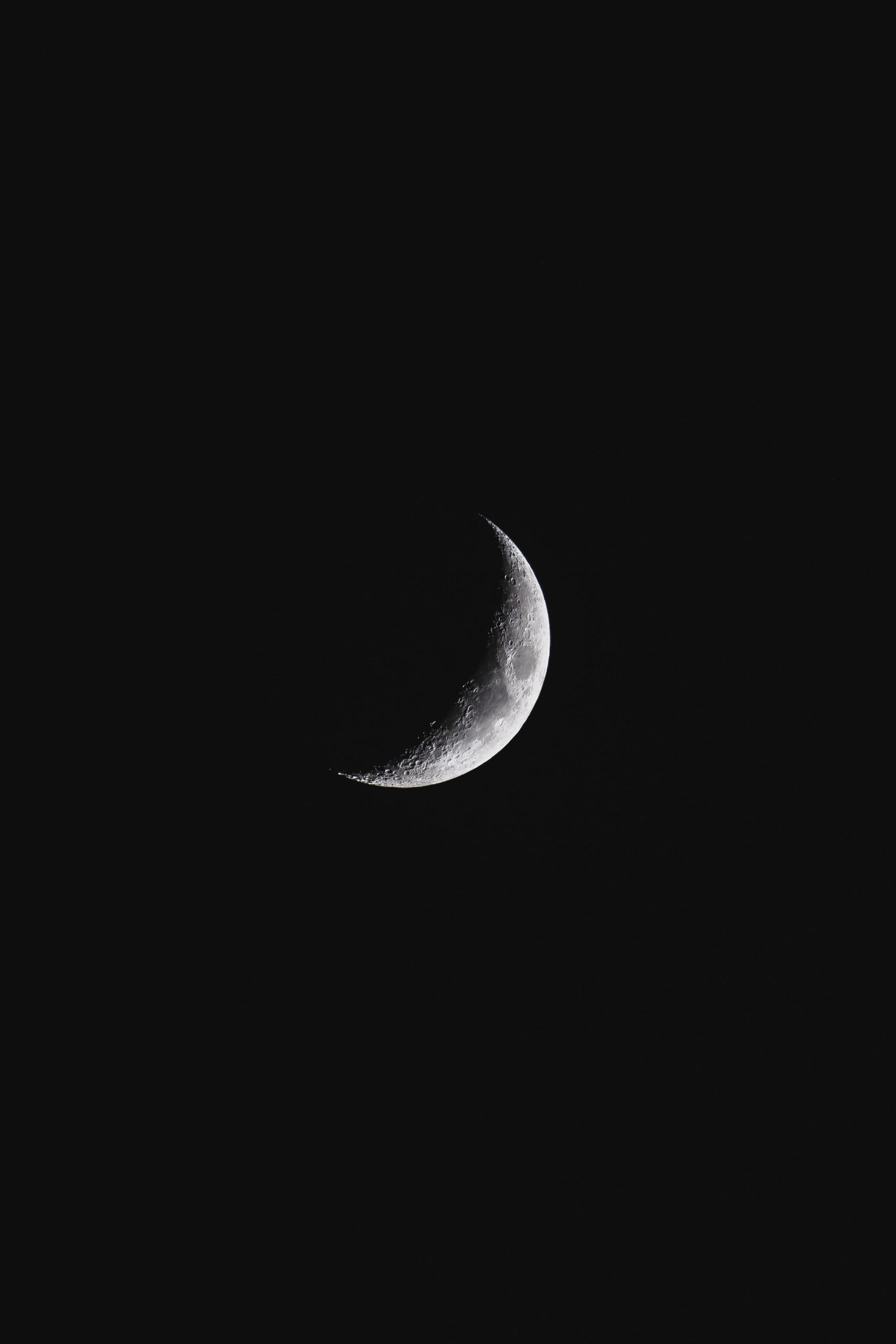Automatic Writing: Unleashing Surrealism Through the Unconscious Mind
Surrealism, an influential art movement that emerged in the early 20th century, sought to explore the irrational and subconscious aspects of the human mind. It aimed to break free from the constraints of logic and reason, instead embracing the power of dreams, fantasies, and the unconscious. Among various techniques employed by surrealist artists and writers, automatic writing played a significant role in unleashing the creative potential hidden within the depths of the psyche.
Automatic writing, also known as psychography or spirit writing, involves the process of writing or drawing without conscious thought or deliberate control. It allows the subconscious mind to take control, bypassing the rational mind’s filters and giving rise to unexpected and often bizarre narratives and imagery. Through this automatic process, surrealist practitioners were able to tap into the hidden recesses of their minds and create works that challenged conventional norms and definitions of art.
The Origins of Automatic Writing
The origins of automatic writing can be traced back to the spiritualist movement of the late 19th and early 20th centuries. Spiritualists believed that the living could communicate with the spirits of the deceased through various methods, including automatic writing. They viewed the process as a means of channeling the voices of spirits or entities from the other side.
French writer and psychic, Victorien Sardou, is often credited with popularizing automatic writing. However, it was the surrealist movement that truly embraced and revolutionized this technique by employing it as a tool for creative expression.
Surrealism and the Unconscious Mind
Surrealism emerged as a response to the societal upheaval and trauma experienced during World War I. Artists and writers sought to shatter the conventions of traditional art and literature, instead delving into the realm of dreams, desires, and the subconscious. They were heavily influenced by the theories of Sigmund Freud, particularly his concept of the unconscious mind and the role it plays in shaping human behavior.
According to Freud, the unconscious mind contains repressed desires, fears, and memories that influence our thoughts and actions. Surrealist artists believed that by tapping into this hidden realm, they could access a more authentic and uninhibited form of creativity.
In this quest to explore the depths of the unconscious, automatic writing became a valuable tool for surrealists. By surrendering control to the subconscious mind, they aimed to uncover buried emotions, untapped creativity, and unexpected connections.
The Practice of Automatic Writing
The process of automatic writing involves emptying the mind of conscious thoughts and allowing the subconscious to take over. It can be practiced individually or as part of a group, with participants sitting in a relaxed state and allowing their hands to freely move across the page without intentional direction.
During the automatic writing session, the writer, or “automatist,” remains in a state of detachment, observing their thoughts and allowing them to flow onto the page. The resulting writings often appear disjointed, fragmented, and nonsensical. Yet, within the chaos lies the potential for profound and unexpected insights.
Surrealist practitioners often used various techniques to trigger the automatic writing process. These included staring at a blank page, writing in a trance-like state, or even using random words or images as prompts. Through these methods, they aimed to bypass conscious thought and tap into the deeper layers of the mind.
Surrealist Works Inspired by Automatic Writing
Various surrealist artists and writers incorporated automatic writing into their creative process, resulting in groundbreaking works that defied traditional artistic conventions. Let us explore some notable examples:
1. The Voice of the Forest
One of the pioneers of surrealist automatic writing, André Breton, published a surrealist manifesto in 1924 titled “The Surrealist Manifesto.” In this manifesto, Breton outlined the principles of surrealism and its connection to automatic writing. He believed that the fantastical world created through automatic writing represents the true essence of human existence.
2. The Magnetic Fields
Renowned painter Salvador Dalí collaborated with poet André Breton to create a book titled “The Magnetic Fields.” The work combined Dalí’s dreamlike paintings with Breton’s automatic writings. The result was a mesmerizing and enigmatic exploration of the subconscious mind.
3. The Automatic Message
Robert Desnos, a prominent surrealist poet, experimented extensively with automatic writing. His work “The Automatic Message” pushed the boundaries of linguistic conventions by allowing words to flow freely onto the page. The resulting poem challenged the traditional structure and coherence of language, creating a realm of poetic possibility.
Criticism and Debates Surrounding Automatic Writing
As with any groundbreaking artistic technique, automatic writing faced criticisms and debates. Some argued that the process lacked intentionality and control, resulting in meaningless and arbitrary creations. Critics viewed it as a mere gimmick, dismissing automatic writing as a nonsensical and irrational practice.
However, many defended automatic writing as an authentic expression of the unconscious mind. They believed that within the chaos and randomness lies a deeper truth and hidden symbolism. Surrealist artists embraced the unpredictability of automatic writing, arguing that it frees the mind from rational constraints and allows for genuine creative exploration.
The Legacy of Automatic Writing in Surrealism
Despite the criticism and debates, the impact of automatic writing on surrealism remains undeniable. It challenged artistic and literary norms, pushing the boundaries of creative expression and opening doors to new realms of imagination. Surrealist artists continue to inspire generations, and their works continue to provoke thought and awe.
Automatic writing played a crucial role in surrealist practices, acting as a bridge between the conscious and unconscious mind. By surrendering control to the unpredictable depths of their psyche, surrealists uncovered hidden truths and tapped into a wellspring of creativity that still captivates audiences today.
So, the next time you find yourself lost in a daydream or captivated by a peculiar thought, remember the power of automatic writing and the surrealists who dared to explore the depths of the human mind.
Table of Contents
